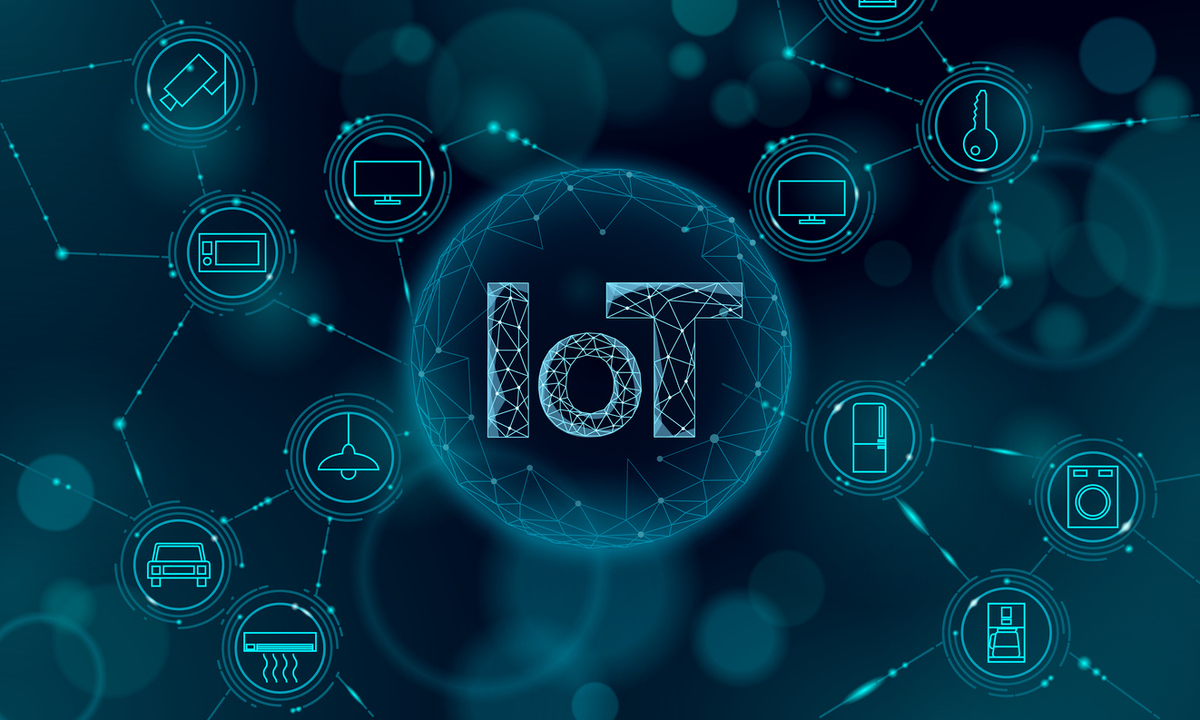
Internet of Things (IoT)
The Internet of Things (IoT) in the telecom industry refers to the integration of IoT technologies and devices within telecommunications networks and services. This convergence of IoT and telecom has the potential to transform how devices communicate, collect data, and interact with each other. Here's a general description of IoT in telecom:
- Connectivity:
- IoT devices in telecom are equipped with communication modules that enable them to connect to the internet and other devices through various communication protocols such as cellular networks, Wi-Fi, Bluetooth, and Low-Power Wide-Area Networks (LPWANs). Telecom networks play a crucial role in providing the connectivity infrastructure for these devices.
- Data Collection and Transmission:
- IoT devices generate and collect vast amounts of data from their surroundings. This data can include information about the device's status, environmental conditions, user interactions, and more. Telecom networks facilitate the transmission of this data to centralized servers or other devices for processing and analysis.
- Network Architecture:
- Telecom networks are evolving to accommodate the increasing number of IoT devices. Technologies like 5G provide high-speed, low-latency connectivity, making them well suited for the requirements of many IoT applications. Additionally, edge computing is becoming more prevalent, allowing data processing to occur closer to the source (near the IoT devices) rather than relying solely on centralized cloud servers.
- Management and Control:
- Telecom operators are involved in managing and controlling the connectivity and communication of IoT devices. This includes tasks such as device provisioning, security management, and ensuring the efficient use of network resources.
- Applications:
- IoT in telecom finds applications in various industries, including smart cities, healthcare, agriculture, transportation, and industrial automation. For example, smart meters, connected cars, and industrial sensors are all part of the IoT ecosystem within the telecom domain.
- Security and Privacy:
- As the number of connected devices increases, ensuring the security and privacy of IoT data becomes a critical concern. Telecom operators play a role in implementing security measures such as encryption and authentication to protect data transmitted between IoT devices and the network.
- Monetization:
- Telecom operators can explore new business models and revenue streams by offering IoT services to businesses and consumers. This might involve charging for connectivity, data management, or providing value-added services based on IoT-generated insights.
In summary, IoT in telecom involves the integration of smart devices with telecommunications networks to enable efficient data communication, collection, and analysis. It has the potential to bring about significant advancements in various industries by creating interconnected and intelligent systems.
